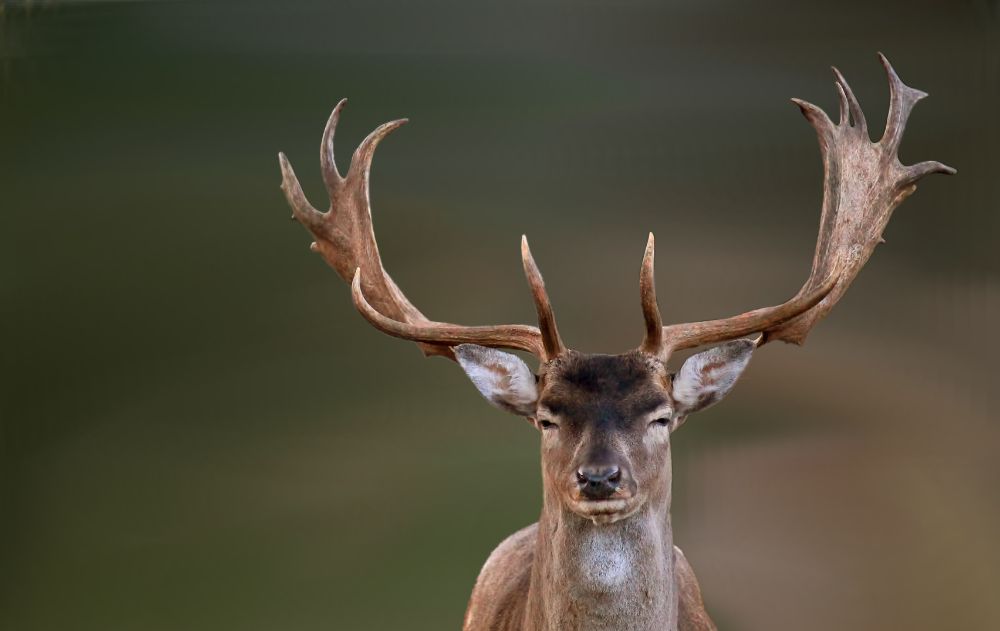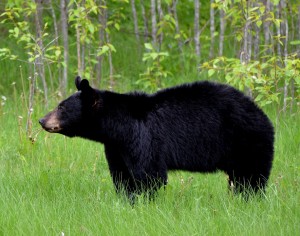That is the question being asked by millions of Canadian hunters (and taxpayers) that are enraged by the news of yet another gargantuan waste of money in the Great White North.
Learning from the best, Parks Canada seems to be taking a page out of the current government’s playbook by spending copious amounts of taxpayers dollars on wasteful programs that end up as complete wrecks. With a failed firearm buyback program and the utter disgrace of the famous ArriveCan debacle, the deer cull on British Columbia’s Sidney Island is fixing to join their ranks as well.
According to information brought to light by the Canadian Taxpayers Federation, Parks Canada has set aside $12 million to fund what they are referring to as a multi-phase “Fur to Forest” program. Rather than including Canadians, the program features foreign sharpshooters installed on fast-moving helicopters to help remove an invasive herd of European fallow deer from the small island off the coast of Victoria Island.
What is perhaps the most frustrating part of the program is the new $12 million price tag is double what the program was supposed to cost. Pair that with the fact that local private hunters have been managing to keep the herd in check, and you’ve got the perfect recipe for frustration.
During last year’s cull, the ‘professional’ foreign sharpshooters managed to down an unimpressive 84 deer as they rained hell from the skies above. It was later confirmed by Parks Canada that of those 84 deer killed last December, nearly a quarter of them were the wrong species of deer, killing native deer instead of their intended target.
Contrast all of that with the reported 2,000 invasive deer removed from the island by local private hunting with zero cost to taxpayers, and you can’t help but give your head a scratch.
Sure, blasting deer from choppers sounds like fun, but those helicopters don’t fly for free, now do they?
If you dig into the impressive budget, the numbers become even more eye-opening. In what looks more like the cost breakdown of a billionaire’s hunting getaway, costs such as the $137,407 for facilitating “firearms registration for international workers,” and another $35,000 for their work permits is just the beginning.
Add in the $67,680 for choppers and the whopping $329,760 for scent-tracking dogs, and you’ve got the makings of one hell of a hunt. To round out the spending, factor in nearly $1 million, which includes payments to three area First Nations, $2.3 million for salaries for Parks Canada staff members, $1.4 million for analysis and studies and the oh-so-necessary $3.3 million set aside for miscellaneous costs.
Considering the failure of last year’s effort, many in Canada (and this writer in the US) believe that throwing money at a problem is no way to deal with it. The truth remains that there are many able-bodied hunters in Canada that would happily participate in such a program if for nothing other than a hunting trip and a cooler full of meat.
Add in reasonably priced tags for the opportunity to do so and you might find yourself with a profit driving project rather than one that drains the coffers of taxpayer dollars. But then again, in today’s world, that sounds like an awfully countercultural idea on either side of the border.




